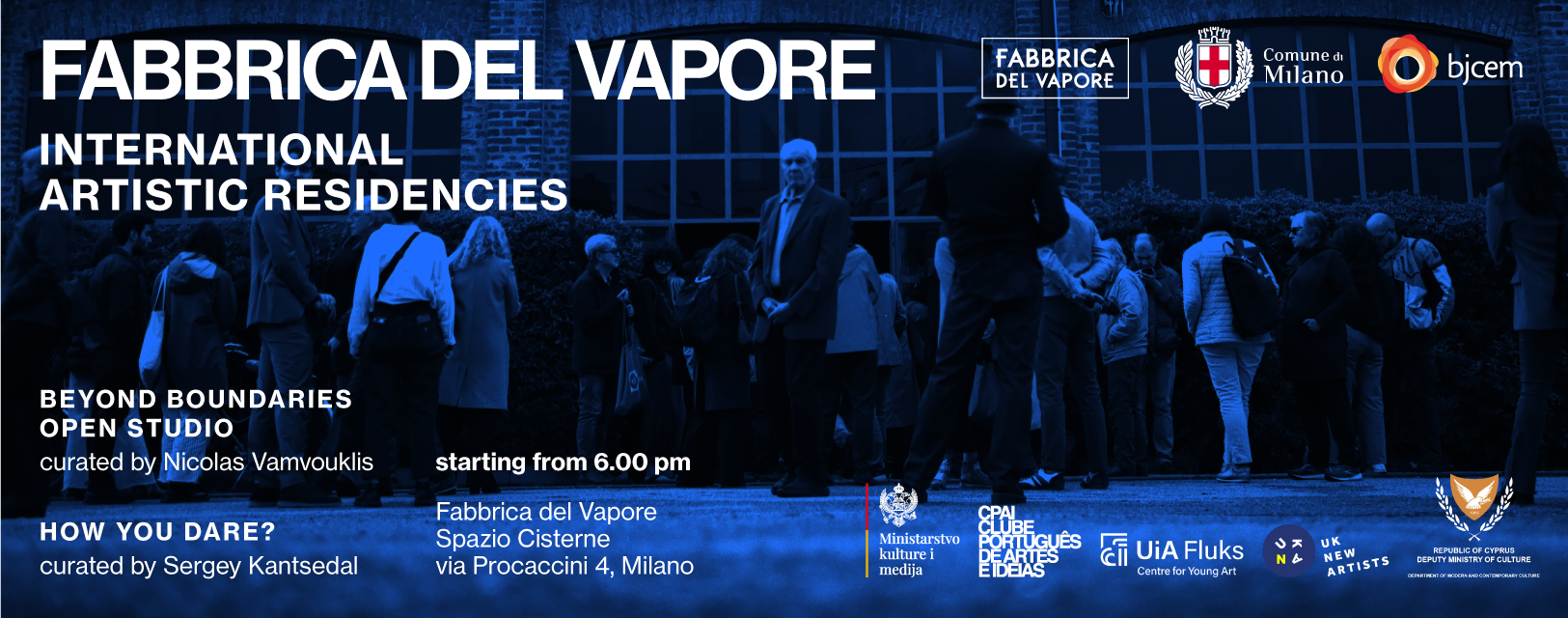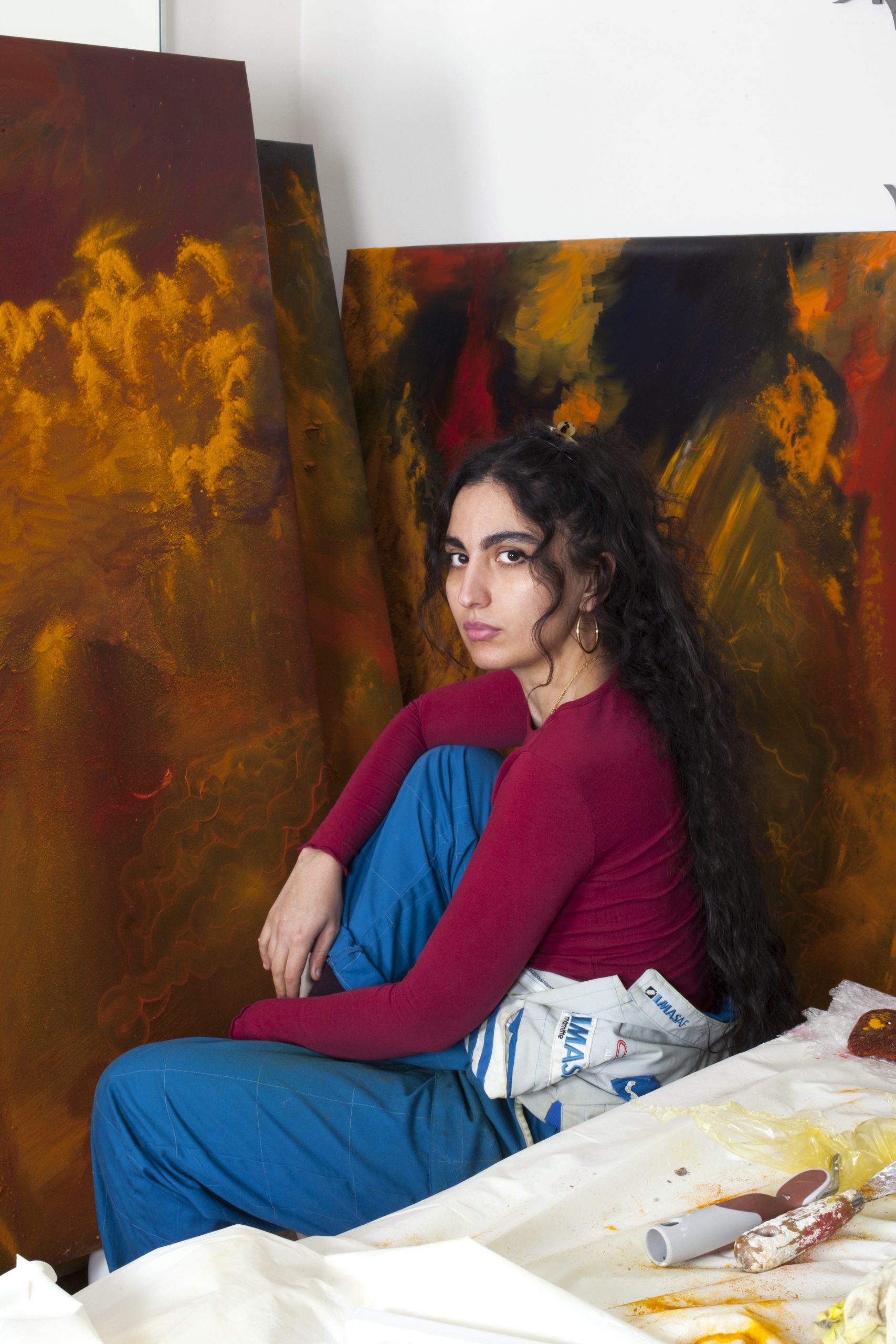Monia Ben Hamouda is a Tunisian-Italian visual artist. She exhibited in venues like: Kunsthalle Wien, Wien; Maxxi – Museo nazionale delle arti del XXI secolo, Rome; Mudec Museo delle Culture, Milan; Swiss Institute, Milan; FRAC Bretagne, Rennes; MACRO, Rome; La Casa Encendida, Madrid; ChertLüdde, Berlin. She is currently a finalist of the Maxxi Bvlgari Prize 2024. Previous prizes/grants include: Pollock-Krasner Foundation Grant; Italian Council for Contemporary Art; DUCATO Prize; she was also a finalist of the Club Gamec Prize VI. Her work is featured in public collections such: Maxxi, Rome; Frac Betagne, Rennes; Macro, Rome; Frac Corsica, Corse.
A CONVERSATION WITH MONIA BEN HAMOUDA (MUNICIPALITY OF MILAN)
Nicolas Vamvouklis (NV): How would you describe your artistic practice?
Monia Ben Hamouda (MBH): My visual language translates into a broad range of formal approaches steeped in cultural-religious symbology and rituals. It aims to navigate distances between complex histories – of art, culture, language, and religion – reconciling these polarities through a personal poetics articulated across a syntax of gesture and raw materiality: metal, wood, powdered spices, charcoal, fire, serve as conduits through which I channel the divergent forces that have shaped my identity.
Following the belief that each individual is inextricably connected to their family tree and the psychological universe of their ancestors, my practice attempts to master my influences in a contemporary and constantly changing landscape.
NV: Beyond Boundaries: What was the initial thought that crossed your mind when you encountered this title?
MBH: How notions of boundaries, borders, passports, and countries are intrinsically obsolescent, decadent, old, and rotten.
NV: Can you provide some insights into the project you worked on during the residency?
MBH: During the residency in Milan, I was mainly focused on my latest obsession with the painting media as an archetype of the ‘language of art dawn,’ working on the pieces trying to keep, in front of the pieces, the posture of the atavic gesture of cave paintings and rituals. I worked on six new large-scale paintings and a hundred drawings.
Part of the pieces formalized during the residency will be shown at my upcoming exhibition at the Swiss Institute of Milan. I also worked on a new site-specific production for a piece that will be part of an exhibition within the MUDEC collection spaces.
NV: In which ways did you connect to Milan?
MBH: Milan is my birthplace, but in the last few years, I have been less present in the city, working nomadically around Europe, the US, and North Africa. It was nice to have established new ways of connecting with the city, producing pieces that will be shown here and directly linked with the Milanese landscape.
NV: In these times of global challenges, how do you see your role as an artist?
MBH: It is, firstly, a huge privilege. But privileges could be used to speak with less fear and take the first steps toward social justice and collective liberation. Art may seem useless during difficult times, but actually, it is one of the most powerful weapons, acts of resistance and political consciousness. The responsibility of an artist is, above all, political, and representing contemporaneity is one of the great challenges that I feel the duty, urgency, and privilege to face.



